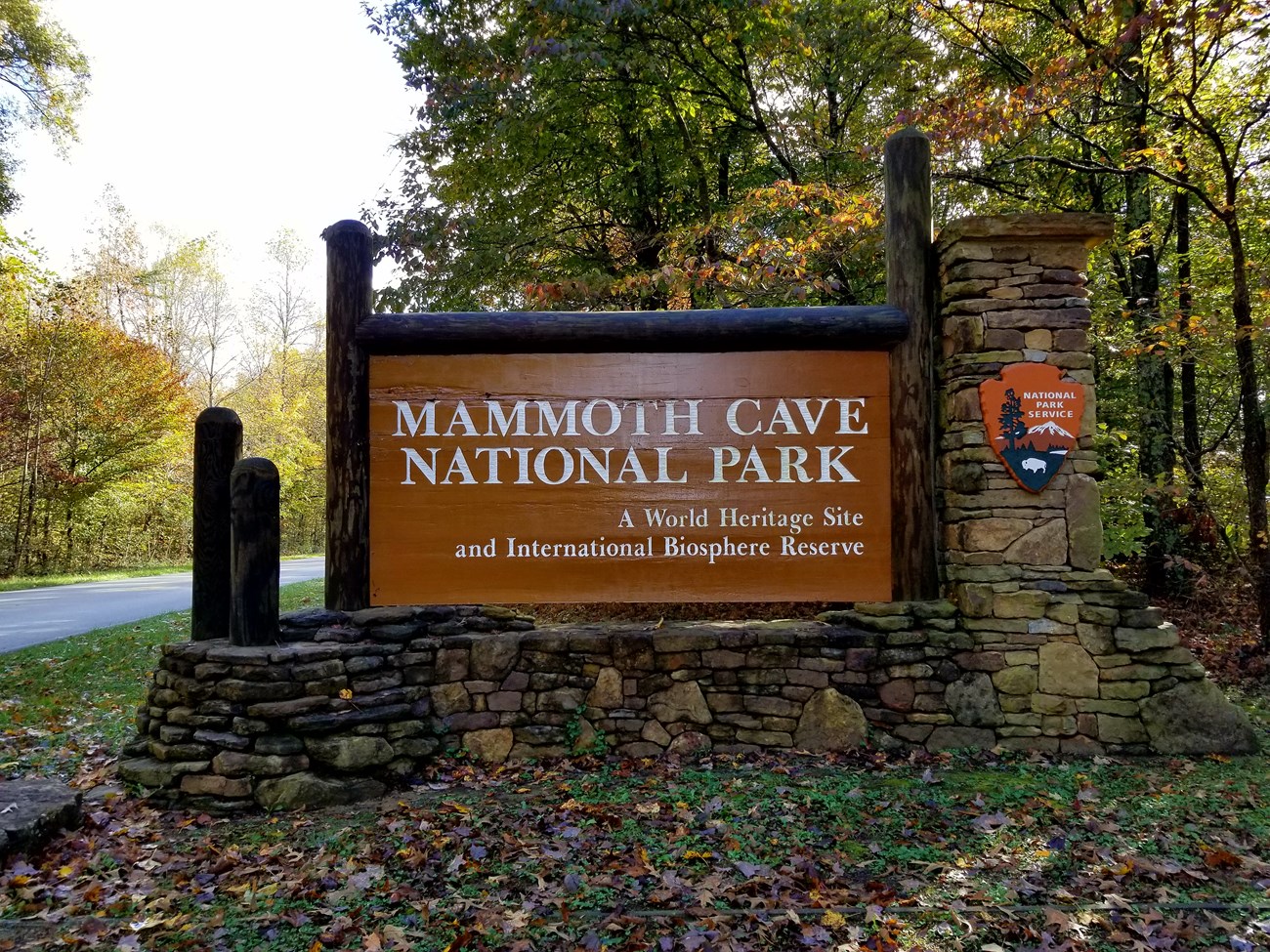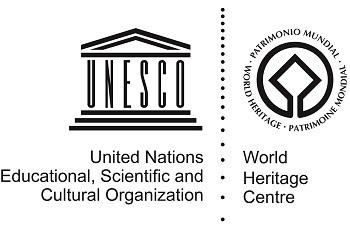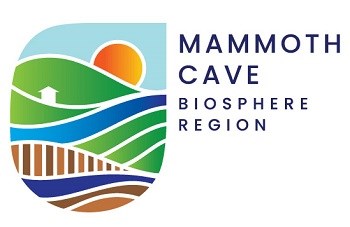
NPS Photo Mammoth Cave is a special place to many people. It has become recognized as a place of significance not only to people in the United States of America but to those from around the world. Together, with your help, we can keep Mammoth Cave flourishing for generations to come. 
World Heritage SiteIn 1981, at the fifth session of the World Heritage Committee in Sydney, Australia, Mammoth Cave National Park was inscribed as a world heritage site. This international designation is governed by the World Heritage Convention of the United Nations Educational, Scientific, and Cultural Organization (UNESCO). 
Mammoth Cave Biosphere RegionMammoth Cave National Park is the core area of the Mammoth Cave Biosphere Region, a part of the UNESCO Man and the Biosphere (MAB) Programme. The biosphere region has been internationally recognized for its cave and karst landscape which supports a unique diversity of flora and fauna and provides the ideal setting for community involvement in groundwater resource protection. It includes a total area of 909,328 acres in Mammoth Cave National Park and the six surrounding counties and is governed by the Biosphere Region Advisory Council. 
The main goal of the Mammoth Cave Biosphere Region is to improve the economic and cultural well-being of local people in ways that are compatible with the internationally renowned karst landscape, particularly with respect to preventing groundwater pollution. In order to accomplish this goal, Mammoth Cave National Park, the Barren River Area Development District, and Western Kentucky University have signed a cooperative agreement to promote conservation of water resources and biodiversity, economic development for healthy people and a healthy economy, and support for research and education. Learn More About TheUS Biosphere Network
International Dark Sky ParkIn 2021, Mammoth Cave National Park was certified an International Dark Sky Park by the International Dark-Sky Association. The certification requires a long-term commitment to preserving dark skies and requires the parks to meet specific objectives. These include preservation or restoration of outstanding night skies, protection of nocturnal habitat, public enjoyment of the night sky and its heritage, demonstrating environmental leadership on dark sky issues by communicating the importance of dark skies to the public and surrounding communities, and by providing an example of what is possible. Sister ParksIn 2009, Mammoth Cave National Park entered its first sister park agreement with the help of the NPS Office of International Affairs. The park uses sister park relationships to exchange research and best management practices for the preservation of cave resources and the development of sustainable human communities within karst landscapes. Learn more about Mammoth Cave’s sister parks. 
National Water TrailIn 2021, the Green and Nolin Rivers Blueway was designated as Kentucky’s first National Water Trail. The National Water Trails System is a network of water trails open to the public to explore and enjoy. The system was established to protect and restore America’s waterways by bringing attention to their natural features and public access sites. |
Last updated: May 31, 2022
